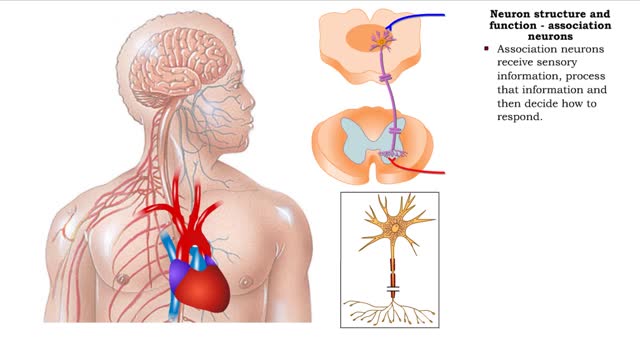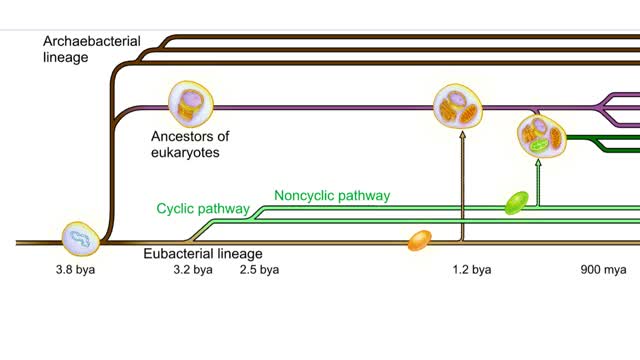Search Results
Results for: 'Four Giant Convection Cells oF Earth'
Endocytosis -Types and Phagocytosis
By: HWC, Views: 9847
Endocytosis is the process by which a substance is brought inside a cell without having to pass through the cell membrane. It is the opposite of endocytosis, the process by which substances exit the cell without having to pass through the cell membrane. Exocytosis – membrane-enclosed secret...
Regulation of GFR: three methods, autoregulation & autoregulation via myogenic mechanism
By: HWC, Views: 10294
• GFR can be regulated by adjusting: • Blood flow in and out of the glomerular capillaries. • Surface area of glomerular capillaries. • There are three main ways to make these adjustments: • Renal autoregulation. • Nervous regulation. • Hormonal regulation. • Ren...
Neuron structure and function - sensory neurons, association neurons & motor neurons
By: HWC, Views: 9728
• The primary function of the nervous system is to provide rapid communication within the body to maintain homeostasis. • This function underlies behaviors, thinking and control of organ functions. • The basic functions of the nervous system are provided by: • Sensory neurons • ...
Component of feedback systems & Communication and regulation of body systems
By: HWC, Views: 9921
• Primary responsibility for communication and regulation in the body is shared by the nervous and endocrine systems. • The two systems work alone or together in specialized physiological processes called feedback systems to maintain homeostasis. • Feedback systems - or loops - are ...
Evolutionary tree of life Animation
By: HWC, Views: 3472
An evolutionary tree of life that reflects mainstream thinking about the connections among major lineages (bya = billions of years ago, mya = millions of years ago). By about 3.8 billion years ago, chemical and molecular evolution had produced the first living cells. The first major divergenc...
Mechanisms of capillary exchange
By: HWC, Views: 9938
■ The primary role of capillaries is to permit the exchange of nutrients and wastes between the blood and tissue cells (via interstitial fluid). ■ Oxygen and nutrients move from the blood to the cells. ■ Carbon dioxide and other wastes move from the cells to the blood. The three ba...
Methods of carbon dioxide transport - carbaminohemoglobin and bicarbonate ions
By: HWC, Views: 9836
• Carbon dioxide is transported three ways: • As bicarbonate ions in the plasma. • Bound to hemoglobin. • As a dissolved gas in the plasma. • A small percent of carbon dioxide is transported as a dissolved gas. • Some of the carbon dioxide is bound to hemoglobin, in the fo...
By: HWC, Views: 10120
The first reactions involve a single 6-carbon glucose sugar undergoing phosphorylation using two ATP molecules and resulting in two 3-carbon compounds. • The rest of this pathway involves an oxidation reduction reaction, forming two reduced coenzymes, and generation of four ATP molecules. ...
Transferring genes into plants Animation
By: HWC, Views: 7211
Researchers extract DNA from an organism that has a trait they want to introduce into a plant. The genetic donor can be a bacterial cell, a plant cell. or even an animal cell. The desired gene will be transferred into a plasmid, a small circle of bacterial DNA. The gene is cut out of th...
Advertisement











